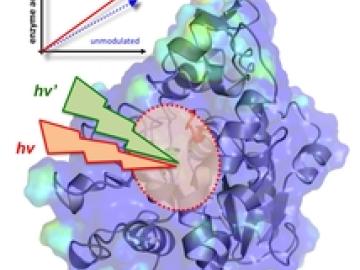
Polyphase wireless power transfer system achieves 270-kilowatt charge, s...

Fusion, climate, nuclear physics and advanced materials make up the fields of science that will be supported at Oak Ridge National Laboratory through the latest round of awards from the Department of Energy's Office of Science Early Career Research Program. Four ORNL staff members were among 68 scie...
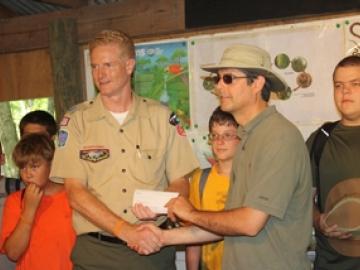
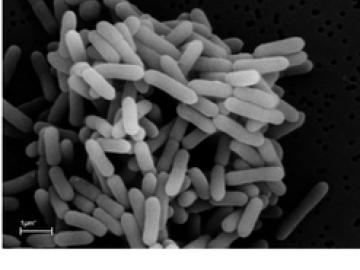
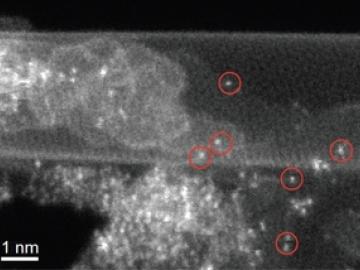
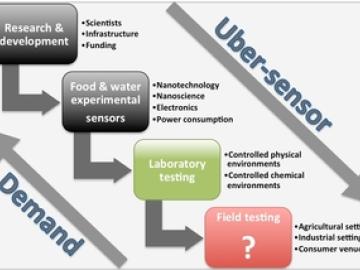


A carbon nanotube sponge that can soak up oil in water with unparalleled efficiency has been developed with help from computational simulations performed at the Department of Energy's (DOE's) Oak Ridge National Laboratory.

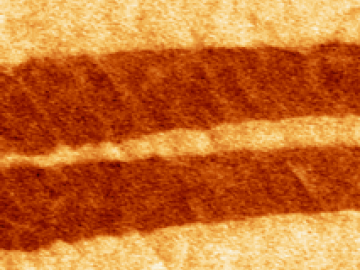
The boundary between electronics and biology is blurring with the first detection by researchers at Department of Energy's Oak Ridge National Laboratory of ferroelectric properties in an amino acid called glycine.
